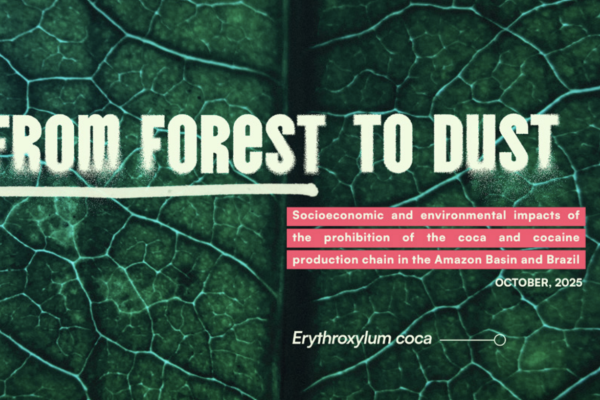16th November 2018
Cannabis social clubs (CSCs) are private, non-profit organisations in which cannabis is collectively grown and distributed to registered members. With no profit motive to increase cannabis consumption or initiate new users, the clubs offer a more cautious, public health-centred alternative to large-scale retail cannabis markets dominated by commercial enterprises. The growth of the CSC model in Spain demonstrates that cannabis legalisation does not have to mean commercialisation. As CSCs show, it is entirely possible to restrict the availability and promotion of cannabis while at the same time making the drug legally available to adult users.
Additionally, the UN drug conventions have been interpreted as permitting CSCs, on the basis that they are an extension of decriminalisation policies. Because of this, the CSC model avoids many of the political and diplomatic obstacles associated with more far-reaching systems of legal regulation.
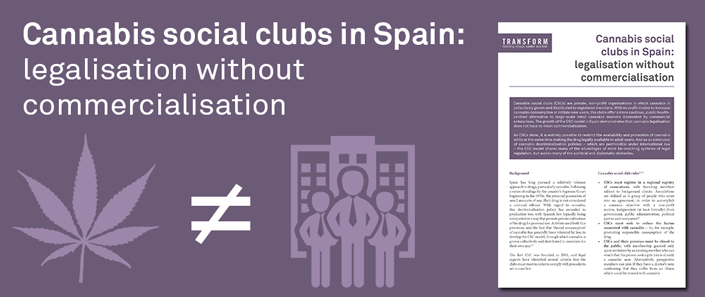
Background
Spain has long pursued a relatively tolerant approach to drugs, particularly cannabis. Following a series of rulings by the country’s Supreme Court beginning in the 1970s, the personal possession of small amounts of any illicit drug is not considered a criminal offence. With regard to cannabis, this decriminalisation policy has extended to production too, with Spanish law typically being interpreted in a way that permits private cultivation of the drug for personal use. Activists used both this provision, and the fact that ‘shared consumption’ of cannabis has generally been tolerated by law, to develop the CSC model, through which cannabis is grown collectively and distributed to members for their own use.1 2
The first CSC was founded in 2001, and legal experts have identified several criteria that the clubs must meet in order to comply with precedents set in case law.
Cannabis social club rules3 4 5
- CSCs must register in a regional registry of associations, with founding members subject to background checks. Associations are defined as ‘a group of people who enter into an agreement, in order to accomplish a common objective with a non-profit motive, independent (at least formally) from government, public administration, political parties and companies’6
- CSCs must seek to reduce the harms associated with the supply and use of cannabis – by, for example, promoting responsible consumption
- CSCs and their premises must be closed to the public, with membership granted only upon invitation by an existing member who can vouch that the person seeking to join is already a cannabis user. Alternatively, prospective members can join if they have a doctor’s note confirming that they suffer from an illness which could be treated with cannabis
- Limits on the quantity of cannabis consumed must be enforced. Daily personal allowances of, on average, three grams per person are set in order to reduce the likelihood of cannabis being diverted for sale on the illicit market. Additionally, the quantity of cannabis to be cultivated is calculated based on the number of expected members and predicted levels of consumption
- Cannabis distributed by the clubs must be for more or less immediate consumption. Small quantities are often allowed to be taken away for off-site use, but the general aim is to promote planned, non-impulsive usage and to minimise the risk of a member’s supply being re-sold on the illicit market or diverted to a non-member
- Clubs must be run on a non-profit basis. Members pay fees to cover production and management costs, but all revenue generated is reinvested back into their operations. In addition, clubs pay rent, tax, employees’ social security fees, corporate income tax, and in some cases VAT (at 21%)
Although they must operate in line with these criteria, the clubs are effectively self-regulating. They follow either their own voluntary codes of practice or, more often, those established by regional federations of clubs. A Europe-wide code of practice has also been created by the European Coalition for Just and Effective Drug Policies.7
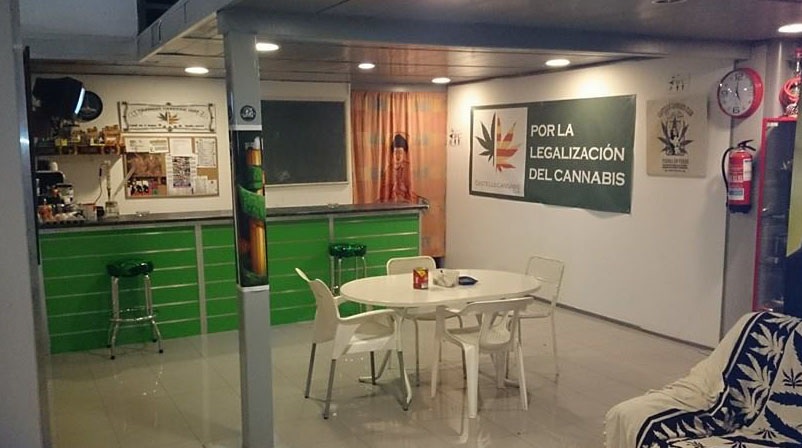
The spread of the cannabis social club model
The total number of CSCs in Spain is difficult to estimate precisely, as many clubs do not remain in operation for very long.8 However, there are thought to be roughly 400 CSCs or similar associations in Spain,9 most of which are located in Catalonia and the Basque Country. Beyond Spain, several other jurisdictions now also permit (or at least tolerate) such clubs. Uruguay has made CSCs a key component of its national, legally regulated cannabis market,10 and informal CSCs have been accommodated within domestic drug laws in Argentina, Colombia and Chile. Belgium also has five CSCs,11while the local government of Utrecht, in the Netherlands, is attempting to establish a club as a means of solving the so-called ‘back-door problem’ of illegal, unregulated supply to the city’s cannabis coffee shops.12 13 The Swiss canton of Geneva has also established a commission to explore the possibility of setting up cannabis user associations similar to Spain’s CSCs.14
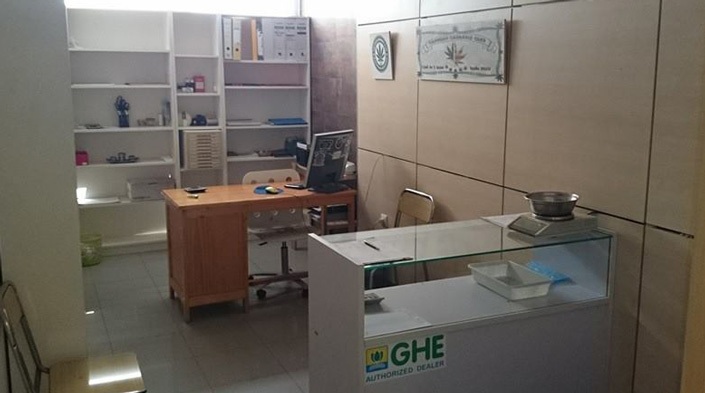
The benefits of a non-commercial approach
In a commercial market, the primary goal of cannabis producers and suppliers will usually be to generate the highest possible profits. This is most readily achieved by maximising consumption, both in total population and per capita terms, and by encouraging the initiation of new users. Public health problems will only become a concern when they threaten to affect sales. It is therefore crucial to design a regulatory system that removes or at least minimises profit-motivated efforts to increase or initiate use. The CSC model – as well as other alternatives such as state-run outlets and home cultivation – meets this aim. In particular, the relatively closed membership system and culture of immediate use of CSCs helps to limit availability and reduce the potential for new (and typically young) users to be initiated into cannabis use.
CSCs have the further advantage of, thus far at least, not attracting criticism from either of the primary drug control bodies, the INCB or the UNODC. As they are treated as an extension of cannabis decriminalisation policies, CSCs offer a simpler (and more cautious) alternative to comprehensive retail cannabis markets that would breach treaty commitments or require treaty reform. CSCs could be a transitional model that helps to establish healthy social norms around cannabis consumption, in advance of more far-reaching legalisation measures in the future. Equally, CSCs could be the sole legal form of cannabis supply, or operate in parallel with regulated retail cannabis markets once they have been established. This last approach is being employed in Uruguay.
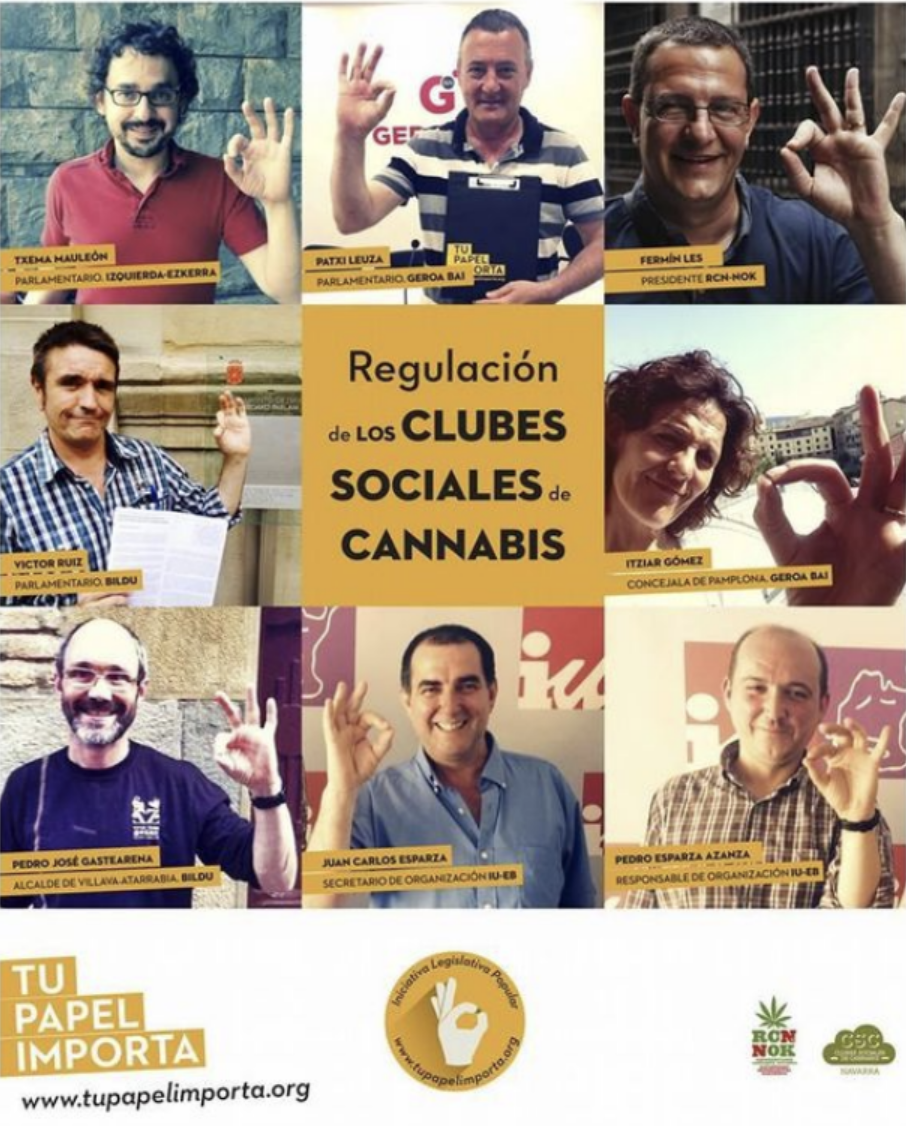
The tension between regulation and commercialisation
Although profit-making by CSCs is a crime, the proliferation of clubs in Spain has led to concerns that some will turn away from the non-commercial ethos on which they were founded. Some clubs, particularly those in Barcelona, have grown to such an extent that they now have thousands of members, mostly as a result of the clubs adopting less stringent membership policies and admitting tourists.15
Formal regulation of CSCs would safeguard against the possibility of over-commercialisation, and many clubs have long been calling for greater oversight of their operations. This aspiration is now becoming a reality in some parts of Spain: in 2014, both the parliament of the Navarre region16 and the city of San Sebastián in the Basque Country17 voted to formally license and regulate CSCs, building on the voluntary codes of conduct that the clubs have been following up until now. While many CSCs throughout Spain are still subject to raids and investigations by the police, regional initiatives such as these should provide a more solid legal basis for the clubs’ operations.
Getting the balance right
There is, however, a need to get the balance right: if a club system is too restrictive, then consumers will simply turn to the illegal trade, meaning one of the main aims of legalisation – to reduce the size of the criminal market – will not be met. It may therefore be necessary to relax the criteria for club membership; accepting adults who are not existing cannabis users would be an obvious starting point. But there is no perfect solution. It is a matter of balancing priorities, seeing what works, and making responsible, informed choices based on an ongoing evaluation of the costs and benefits. In other words, it requires a rational, pragmatic approach – something that has not been a feature of drug policy-making under prohibition.
References
- Kilmer, B., Kruithof, K., Pardal, M., Caulkins, J. P., and Rubin, J. (2013) ‘Multinational overview of cannabis production regimes’, RAND Corporation, p. 8-15.http://www.rand.org/content/dam/rand/pubs/research_reports/RR500/RR510/RAND_RR510.pdf
- Barriuso Alonso, M. (2011) ‘Cannabis social clubs in Spain: A normalizing alternative underway’, Transnational Institute. http://www.tni.org/sites/www.tni.org/files/download/dlr9.pdf
- Ibid.
- dinafem.org (2014) ‘How to create your own cannabis social club and not die trying’, 19/03/14. https://www.dinafem.org/en/blog/cannabis-social-club/
- Kilmer et al. (2013) op. cit.
- Velasco, M. T. (date unknown) ‘Non-profit Associations in Spain’, Velasco Lawyers. http://www.velascolawyers.com/en/civil-law/175-Non-profit-Associations-in-Spain.html
- European Coalition for Just and Effective Drug Policies (2011) ‘European of Code Of Conduct For European Cannabis Social Clubs’. http://www.encod.org/info/CODE-OF-CONDUCT-FOR-EUROPEAN.html
- Arana, X (2005) ‘Cannabis: Normalización y Legislación. Eguzkilore’, Cuaderno del Instituto Vasco de Criminología San Sebastian, 19, pp. 121-138.
- FAC (2010) ‘Como crear un Club Social de Cannabis’. www.arcuma.com/tutoriales/Como_Crear_un_Club_Social_de_Cannabis.pdf
- BBC News (2014) ‘Uruguay cannabis growers’ clubs: Registration begins’, 01/11/14. http://www.bbc.co.uk/news/world-latin-america-29859822
- Decorte, T. (2014) ‘Cannabis social clubs in Belgium: Organizational strengths and weaknesses, and threats to the model’, International Journal of Drug Policy (in press). http://www.sciencedirect.com/science/article/pii/S0955395914002096
- Rolles, S. and Murkin, G. (2013) ‘How to Regulate Cannabis: A Practical Guide’, Transform Drug Policy Foundation. http://www.tdpf.org.uk/resources/publications/how-regulate-cannabis-practical-guide
- Bennett-Smith, M. (2013) ‘First cannabis cultivation club reportedly forms in Dutch city of Utrecht’, The Huffington Post, 12/09/13. http://www.huffingtonpost.com/2013/09/11/cannabis-cultivation-club-utrecht_n_3909025.html
- Curtis, M. (2014) ‘Swiss want to reopen pot legalization debate’, The Local, 03/02/14. http://www.thelocal.ch/20140203/swiss-committee-reopens-pot-legalization-debate
- Daley, S. (2014) ‘Marijuana Clubs Rise Out of Decades-Old Spanish Laws’, The New York Times.http://www.nytimes.com/2014/07/11/world/europe/marijuana-clubs-rise-out-of-decades-old-spanish-laws.html
- dinafem.org (2014) ‘Navarra Approves a Law Regulating Cannabis Clubs: “Now We Can Look to the Future with Greater Optimism”’, 04/12/14. https://www.dinafem.org/en/blog/navarra-approves-law-regulating-cannabis-clubs/
- dinafem.org (2014) ‘San Sebastián Approves the Regulation of Cannabis Clubs, a ground-breaking ordinance in Spain’, 20/11/14. https://www.dinafem.org/en/blog/san-sebastian-approves-regulation-cannabis-clubs/



